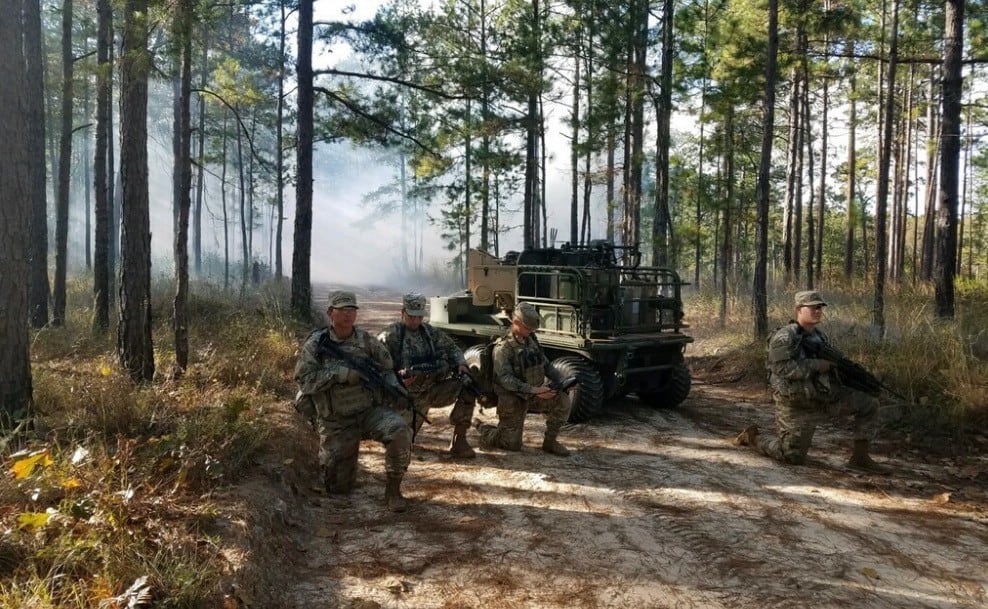Army-funded researchers have designed a machine-learning algorithm that is a first step in brain-machine interfaces that could help paralyzed people move prosthetics by thinking about the movement or predict soldier fatigue on the battlefield and sound a warning.
Army Times interviewed the program manager for the effort, Dr. Hamid Krim, with the Army Research Office at the Combat Capabilities Development Command, to better understand this early research and its potential impacts on a number of areas.
For much of brain research history, brain signals have been hard to decipher. They involve a multitude of activities happening at once, so isolating one specific signal that is related to one, specific activity has been a challenge.
RELATED

But in a paper published recently in Nature Neuroscience, researchers funded through this Army initiative have developed an algorithm that can cut through the clutter and identify those individual signals needed to better understand behavior and brain activity.
“Our algorithm can, for the first time, dissociate the dynamic patterns in brain signals that relate to specific behaviors and is much better at decoding these behaviors,” said Maryam Shanechi, assistant professor at the University of Southern California Viterbi School of Engineering.
Researchers tested their algorithm on brain datasets tracking a variety of arm and eye movements. The algorithm found neural patterns that other algorithms missed.
“The algorithm has significant implications for basic science discoveries,” Krim said in an Army statement. “The algorithm can discover shared dynamic patterns between any signals beyond brain signals, which is widely applicable for the military and many other medical and commercial applications.”
Why is this important?
On the operational side, researchers and program managers such as Krim see scenarios in which sensors could better track the levels of fatigue and stress, isolating which would indicate poor performance and alert the soldier.
“If I could alert you, “be careful, you’re fatigued,” meaning you may need additional help or aid,” Krim said. “Maybe being alerted that you are tired, you may take additional steps.”
That could mean less human error in complex, highly dynamic situations, especially involving using weapons systems, flying planes or other high-impact scenarios.
The same algorithm can be used to help those with brain damage or neurological dysfunction.
Krim said the algorithm is a “first step” in developing a brain-machine interface that could help restore lost function. That’s because that work requires a machine to translate brain signals into specific behavior called “decoding.”
“It’s literally zeroing in on the signal that’s directly responsible,” Krim said.
These are some of the fundamentals of a whole field of research and related questions such as, how do you get a brain and a computer to ‘talk’ to each other?
Krim said a good analogy would be to think of the brain, with its very complex web of signals as a factory with hundreds of machines running. This new algorithm is comparable to knowing exactly where to go into the factory to select a particular switch and turn one function on or off.
Todd South has written about crime, courts, government and the military for multiple publications since 2004 and was named a 2014 Pulitzer finalist for a co-written project on witness intimidation. Todd is a Marine veteran of the Iraq War.





